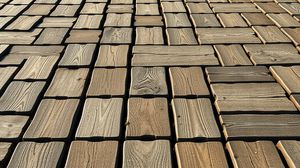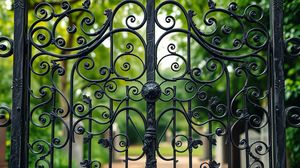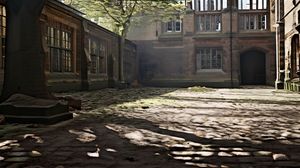
Chequer Street in London offers a rare glimpse into the city's Victorian past with its preserved section of wooden block paving. During the 19th century, wood was commonly used for street surfaces due to its noise-reducing properties, providing a quieter alternative to cobblestones amidst the bustling urban environment. Over time, most wooden pavements were replaced with more durable materials, making the Chequer Street segment a unique historical remnant. Located near Bunhill Fields Burial Ground, this small stretch of wooden blocks serves as a tangible connection to London's architectural heritage, illustrating the evolution of urban planning and street design.

Making the Most of Your Visit:
Pay attention to the texture and patterns of the wooden blocks. You might notice subtle differences in how the wood grain has aged. It's fascinating to see how these natural materials have withstood London's weather and history.
Remember to wear comfortable shoes. While it's a small area, it's best appreciated by walking around and feeling the surface beneath your feet, giving a real sense of its historic quality.
Visit in the early morning or late afternoon for the best lighting for photographs. The warm glow of the sun during these times casts beautiful shadows and highlights the unique patterns of the paving.
Combine your visit with a stop at Bunhill Fields Burial Ground nearby. It's a peaceful spot with its own historical significance, and it complements the experience of stepping back in time.
If you're into art, you might be inspired to sketch or photograph the paving. The play of light can make for some interesting compositions, adding an artistic layer to your visit.

Visiting Times & Costs:
The last remaining section of wooden paving on Chequer Street in London is accessible to the public at all times, as it is an outdoor feature along a public pathway. There are no restrictions on visiting hours, making it accessible year-round.
Cost: There is no charge to view this historical paving; it is free for all visitors.
Accessibility: The area is generally accessible, but do note that the surface is uneven due to the age and natural weathering of the wooden blocks. Those using wheelchairs or mobility aids may find navigating over the paving challenging, though adjacent pathways provide alternative smooth surfaces for easier access.

Address & Map:

Nearby:























